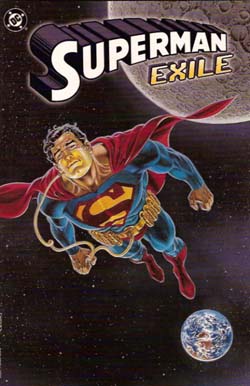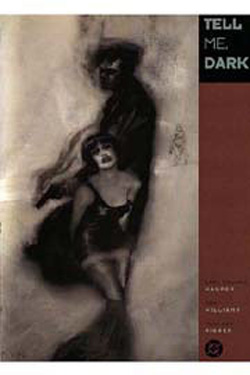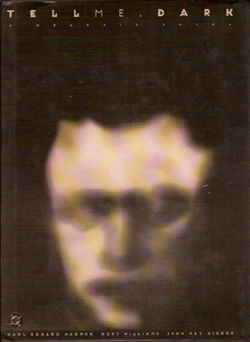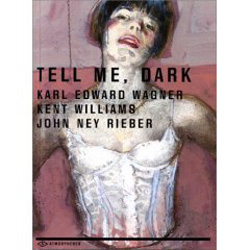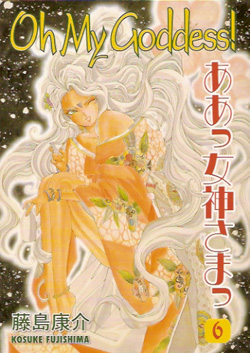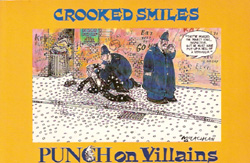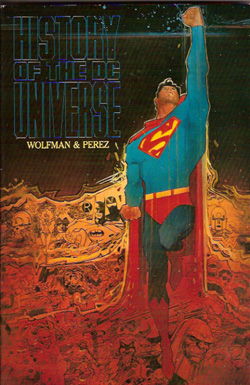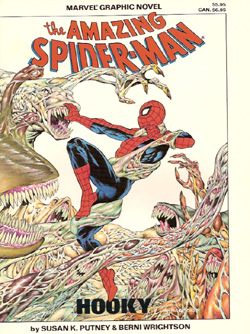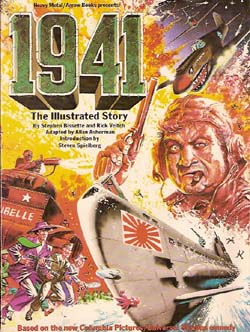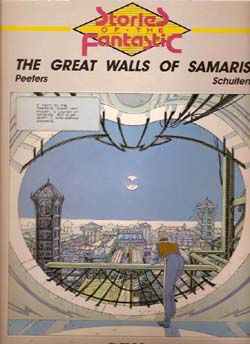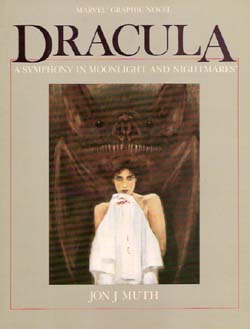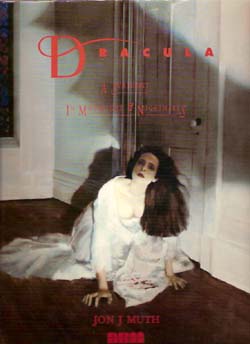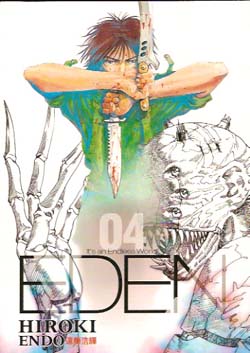
By Hiroki Endo (Titan Books)
ISBN: 978-1-84576-502-6
After the deadly ‘Closure Virus’ decimates the world the survivors have to cope with the global power-grab of the paramilitary secret society Propater. Elijah Ballard is one such survivor, searching for his mother in the ruins of a still un-pacified South America. Falling in with a rebel unit lead by the ominous Colonel Khan, Elijah is unaware of just how important he is, and just what part his mother now plays in the bloody new world order.
This volume of Hiroki Endo’s gripping, brutal post-apocalyptic thriller splits the action between the contemporary battle with a disturbing back-story origin for the compelling young rebel Kenji; a cold, psychotic killer who seems as alien and inhuman as any cybernetic monstrosity devised by the world-devouring Propater forces. By exploring Kenji’s violent past and unconventional relationship with older brother Ryuichi, the author also offers a glimpse at the origins of the Conquerer’s technology. It appears that the Closure Virus is the basis of the Cyborg technology now decimating Khan and his unit…
Eden is a brutal, savage epic, meticulous and compelling: This volume ends with a seemingly unconnected vignette showing what’s happening to Mana, Elijah’s missing sister – absent since the first book. How this sweet, innocuous interlude will fit into the dark, apocalyptic mosaic of this drama is something for another time…
And you really should stick around for it. This book is printed in the ‘read-from-back-to-front’ manga format.
© 2007 Hiroki Endo. All Rights Reserved.

